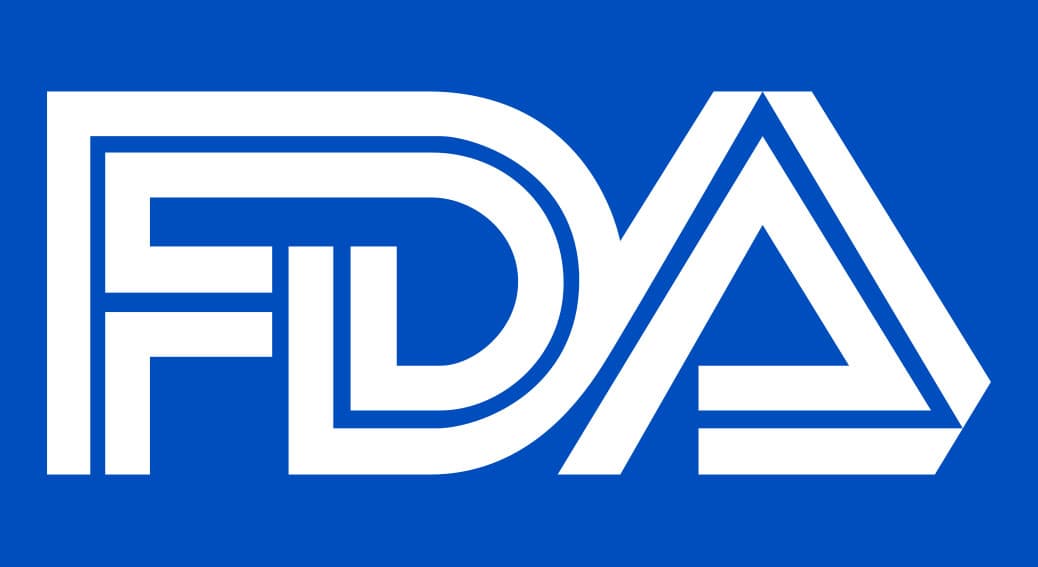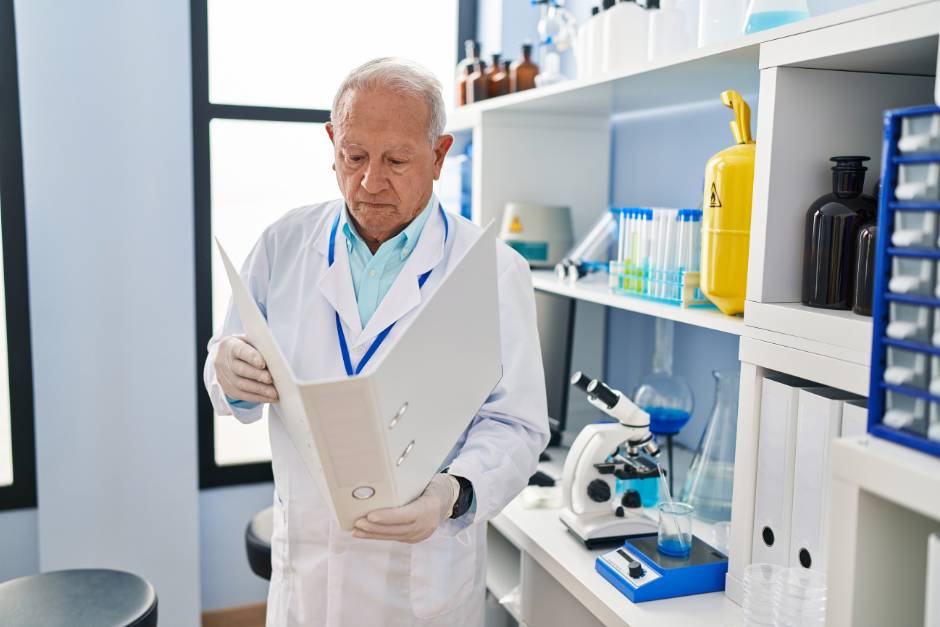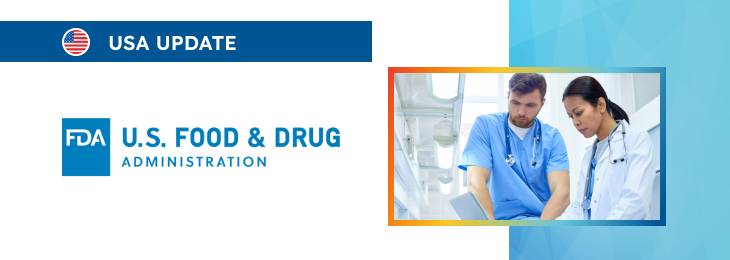The new article highlights the critical points related to the regulatory framework for novel medical devices intended to be marketed and used in the US.

Table of content
The Food and Drug Administration (FDA or the Agency), the US regulating authority in healthcare products, has published a guidance document dedicated to the De Novo Classification Process.
In particular, the document describes the aspects of evaluating Automatic Class III Designation. It provides an overview of the applicable regulatory requirements and additional recommendations and clarifications to be considered by medical device manufacturers and other parties involved to ensure compliance.
At the same time, provisions of the guidance are non-binding in their legal nature, nor are they intended to introduce new rules or impose new obligations.
Moreover, the authority explicitly states that an alternative approach could be applied, provided such an approach is in line with the existing legal framework. It has been agreed with the authority in advance.
Introduction
In the current medical device regulation context, the De Novo classification process was introduced as a pivotal pathway for novel devices that lack a prior classification or predicate.
The process, governed by section 513(f)(2) of the Federal Food, Drug, and Cosmetic Act (FD&C Act), offers a structured approach for the Food and Drug Administration to classify these innovative devices into Class I or Class II, based on their safety and effectiveness profiles.
This guide is intended to provide additional clarifications regarding the De Novo process, highlighting key considerations for submission, eligibility criteria, and the benefits of pursuing a De Novo classification.

Understanding the De Novo Process
According to the guidance, the De Novo pathway is designed for devices that do not fit existing classifications due to their novelty or unique characteristics. Submission requires a comprehensive description of the device alongside a proposed classification backed by detailed information and rationales.
The FDA is tasked with making a classification determination within 120 days of receiving a De Novo request. Successful classification allows the device to be marketed and establishes a new classification regulation and predicates for future devices of similar type.
Criteria for De Novo Eligibility
By the relevant regulatory requirements, De Novo requests are particularly suited for devices without a predicate or those that have received a non-substantial equivalence (NSE) determination in a 510(k) submission. Devices that have previously undergone 510(k) review but are deemed
NSE, due to new intended uses, lack of a predicate, or differing technological characteristics that raise new safety and effectiveness questions, may also qualify for this pathway. However, the authority additionally emphasizes that medical devices found NSE solely due to inadequate performance data are generally not eligible.
The submission must demonstrate that the device in question meets the statutory standards for Class I or Class II classification, with a clear understanding and mitigation of associated risks.
The Pre-Submission (Pre-Sub) Process
While not mandatory, submitting a Pre-Sub is strongly recommended for obtaining early FDA feedback to facilitate and streamline the submission process.
This step is essential for devices not previously reviewed under a 510(k), as it provides insights into the device’s eligibility for De Novo classification, required documentation, and potential regulatory controls.
The Pre-Sub facilitates a preliminary evaluation of the device’s safety and effectiveness, allowing sponsors to optimize their evidence-collection efforts effectively.
Submitted a De Novo Request
As explained by the FDA, De Novo’s request can proceed with or without a prior 510(k) notification. Its success depends on thorough research for potential predicate devices, identification of risks and unique controls, and adequate scientific evidence supporting the device’s classification.
The request must encompass the device’s regulatory history, intended uses, and detailed description, ensuring that all submitted data substantiates the device’s safety and effectiveness under the proposed controls.
De Novo requests mandating at least one valid electronic copy (eCopy) should be directed to the appropriate FDA addresses, depending on whether the device falls under the competence of the Center for Devices and Radiological Health (CDRH) or the Center for Biologics Evaluation and Research (CBER).
The authority encourages the interested parties to follow the recommendations provided in the respective guidelines.
Conclusion
The De Novo framework plays a vital role in ensuring the least burdensome approach for innovative medical devices to be placed on the market, providing such products comply with any regulatory requirements they are subject to based on their intended purpose, features, and functionality.
The present guidance explains the most important aspects of De Novo requests, emphasising the critical considerations for medical device manufacturers and other parties involved.
How Can RegDesk Help?
RegDesk is an AI-powered Regulatory Information Management System (RIMS) designed to simplify global compliance for medical device companies. With regulatory intelligence covering 120+ markets, RegDesk helps you prepare and publish global submissions, manage standards, conduct impact assessments, and stay ahead of regulatory changes all from a single, centralized platform. Expanding into new markets has never been easier.

